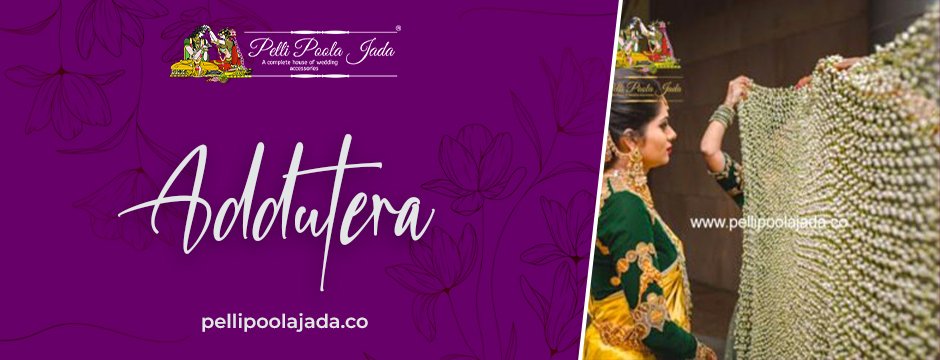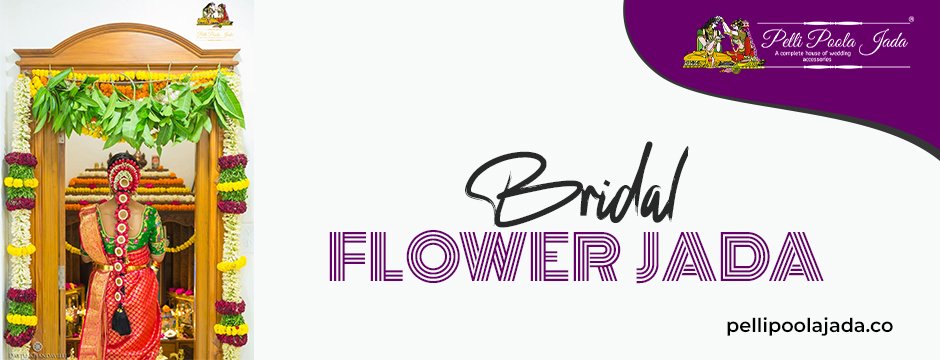Every lady hopes and anticipates meeting that one person for that one romantic and endearing relationship—her wedding! Along with that, doesn’t every bride want to make the most of their available resources and incorporate surprises into their weddings? Nowadays brides tailor everything to their preferences. In a marriage, the bride is compared to Goddess Lakshmi and the groom to Lord Vishnu. The bride’s maternal uncles carry her to the groom during the wedding ceremony while carrying her on their shoulders in a bamboo basket. It is said that the bride shouldn’t tread on the floor since she is thought of as Goddess Lakshmi. She was so transported within the Pelli Butta.
The floorings were dirty and stone-studded in the past as well. They began to carry the bride in the magnificent basket in order to keep her secure. Wedding basket has seen some modernization recently. The bride may occasionally participate in the Jeelakarra Bellam ritual while seated in the Pelli Butta. Undoubtedly, the bride needs to feel comfortable during the day. Lotus-shaped butta: Butta with petals that have been carefully sewn and positioned to achieve the best appearance, creating a lovely view of the bride entering. Such a butta has the benefit of properly displaying the bride’s sari and being comfortable. Designer clothing and laces are used both inside and outside of Butta. The bride’s sari is protected from harm by the inside material of the basket.
We are all aware that a wedding is a happy occasion and a wonderful celebration of everyone’s lives. But the majority of us are unaware of the significance of our rituals. We won’t investigate it in depth until we are ready to get married. If you are reading this, you could be engaged or connected to someone who is. This is a thorough explanation of Telugu Hindu wedding customs with photographs. We advise you to read before getting married.
To give you an idea, Telugu Hindu wedding ceremonies, which may run up to sixteen days, are the most fascinating ones from the 19th century. We can all agree that a wedding is a happy occasion, but imagine how happy it will be if it lasts for sixteen days! Nonetheless, we are currently commemorating it for two to three days. The wedding rituals vary depending on the bride and groom’s caste.

The wedding is viewed as having the strongest social ties of all. It is known as Gruhastaashramam and involves the spiritual fusion of two souls, which opens the way to family life. As a result, this event is regarded as the most significant one by the people of Andhra Pradesh and Telangana. The bride and groom must make the seven oaths and revolve around a holy fire seven times. Moreover, ceremonies are established to guarantee that the bride and groom be wedded in the presence of the Panchabutaalu, the five basic elements of life: earth, sky, fire, water, and air.
Gowri Pooja with Pelli Butta
Hindu married ladies frequently pray to Gowri Devi for a long, happy, and beautiful marriage. Hinduism holds that doing Gowri Devi Pooja is crucial for married ladies because the goddess grants them a long marriage.
The bride is placed within a sizable basket that is hand-woven out of bamboo, an environmentally friendly material, and is referred to as Gowri Gampa in Telugu. The basket is covered in turmeric paste, embellished with Kumkum Bottu (spots), and filled with “Dhanyam,” or uncooked rice grains, to a height of two inches. In order to get heavenly blessings, the bride then conducts Gowri pooja with Kumkum for at least 2–3 hours before the wedding’s “Sumuhrutham.” Dhanyam, a symbol of prosperity, is also known as Lakshmi Devi, the goddess of wealth.
The groom is getting ready for the ceremony while seated on a wooden plank and dressed in his traditional clothing (known as peeta in Telugu). Once Gowri Pooja is over, the bride is taken to the “Mandapam” by her maternal uncles as she is sat in the “Gowri gampa” (hand-woven basket) and holding a tender coconut. When the bride is seated in the “Mandapam,” facing the groom, and a specially made curtain is placed between them to prevent face-to-face sight. Look for the best Addutera online.
In the tradition known as Kanyadanam (Giving the bride away), the bride is handed away by her parents to the groom. Another lovely custom is when the bride’s maternal uncles bring her to the mandap in a bamboo basket at a Brahmin wedding. The bride and the groom don’t meet until after the wedding. The bride’s parents wash the groom’s feet at the Kanyadanam because the groom is regarded as Vishnu Murthy during the wedding.

The ritual known as Kanyadanam is where the girl’s family gives the groom custody of their daughter. In this ritual, the bride is seated within a bamboo basket. She is taken to the Mandapam by her maternal uncle.
The bride and groom are separated by a curtain placed between them as a divider and are not permitted to look at each other until the Kanyadanam is complete.
In a show of respect, the bride’s parents then wash the groom’s feet because on the wedding day, the groom is viewed as “Lord Vishnu Svarupam,” or the embodiment of Lord Vishnu, and he has come to wed their daughter, who is regarded as “Devi Lakshmi.” The bride’s father commands the groom to recite “Dharmeca Artheca Kamecha Moksheca Nati Carami” three times and repeat that he will be the bride’s friend during all of her happy and sad moments.
We at Pelli Poola Jada want our brides to enter the Butta in style while maintaining the Hindu customs. Help the bride, but also take into account the design, the weight to be carried, and the saree-compatible décor alternatives. We now offer sophisticated, stylish, creative, and distinctive baskets for every wedding, rather than the customary. So why not get your own Lord Vishnu a fancy lotus butta and a big Lakshmiji-style entrance? Look for the best designs in Bridal Flower Jada online only at our website. Visit now!

